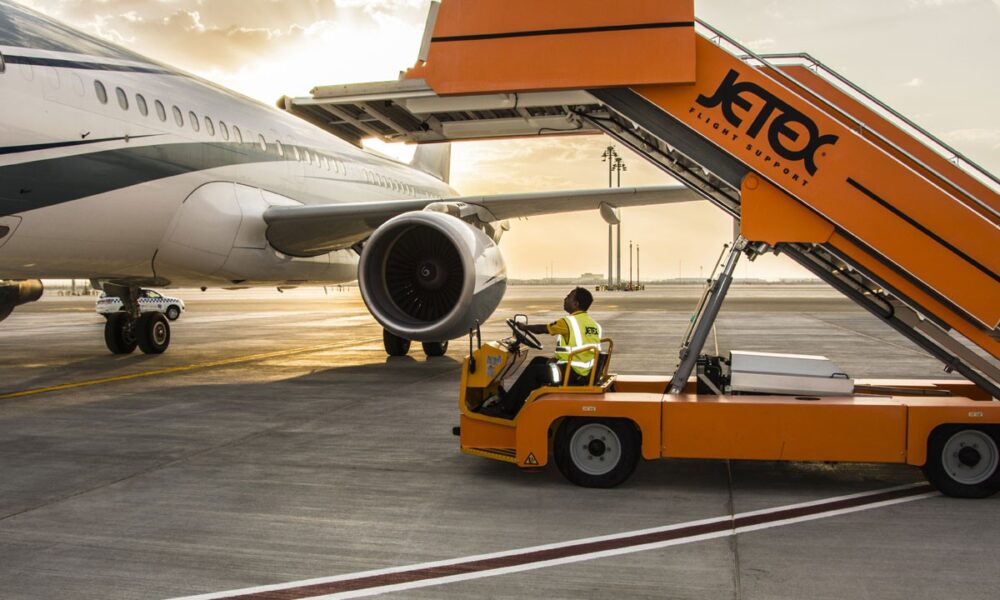Choosing the right ground handling equipment (GSE) for your fleet of aircraft is a crucial choice that affects overall performance, safety, and operational efficiency in the ever-changing aviation sector. The variety of available equipment, each with a particular purpose, needs a careful and planned approach. This article examines important factors to help you make decisions so that the ground handling equipment you select perfectly suits the particular needs of your fleet of aircraft.
1. Understanding Your Aircraft Fleet’s Needs
Gaining a thorough grasp of the unique requirements of your aircraft fleet is the first step toward choosing the appropriate ground handling equipment. Tailored solutions are necessary since different aircraft’s operational and maintenance requirements vary. To determine the type of equipment required, consider the fleet’s dimensions, weight, and fuel requirements.
Consider the nature and frequency of maintenance duties. For instance, having dependable tugs, jacks, and lifts becomes essential if your fleet is subjected to frequent inspections. However, purchasing effective refuelers ought to be your first concern if your aircraft needs to be refueled often.
2. Adherence to Industry Standards and Regulations
Following industry guidelines and rules is crucial in the aviation business. Make sure the ground handling equipment you select conforms with safety regulations and the directives of the applicable aviation authorities. In addition to ensuring operational safety, equipment that satisfies or above these criteria reduces the possibility of regulatory problems.
Pay close attention to certifications and quality control procedures. Choosing equipment from reliable manufacturers that have a history of compliance can greatly reduce hazards and improve the ground handling equipment’s overall reliability.
3. Consideration of Environmental Factors
When choosing ground handling equipment, environmental considerations are quite important. The equipment selected should be resistant to the various weather conditions that can be present at different airports. For example, choosing equipment with weather-resistant qualities becomes essential if your operations are in regions with harsh temperatures or a lot of rain.
Take into account the equipment’s impact on the environment as well. Making the switch to environmentally and energy-efficient GSE not only supports sustainability objectives but also lowers costs over time.
4. Scalability and Flexibility
The size of the fleet and the needs for operations are susceptible to change in the dynamic aviation business. It is imperative to select ground support equipment from reliable sources that will be highly scalable. Purchasing equipment that can change to meet the demands of your fleet over time guarantees a solution that is both affordable and long-lasting.
Seek out equipment with easily upgraded or enlarged designs that are modular. As your fleet of aircraft changes, this versatility enables the smooth integration of new features and technology.
5. Operational Efficiency and Maintenance Considerations
In the fast-paced aviation sector, operational efficiency is critical. Choose ground handling equipment that reduces downtime, expedites procedures, and improves efficiency. To make sure that your ground staff can run the equipment efficiently, take into account the equipment’s ease of use and user-friendly interfaces.
Additionally, consider how much maintenance the selected equipment will need. Choose GSE, which is known for being dependable and requiring little upkeep. This improves long-term cost-effectiveness while also minimizing operational disruptions.
6. Integration with Existing Infrastructure
Examine the ground handling equipment’s compatibility with your current infrastructure before completing the purchase. Operational efficiency depends on a seamless interaction with your present systems, including communication networks and fleet management software. Service interruptions and inefficiencies might result from compatibility problems.
Make sure that the selected equipment can connect and communicate with other components of the ecosystem that you are using. Ensuring a coherent and integrated ground handling system necessitates compliance with data exchange protocols and networking standards.
7. Cost Analysis and Return on Investment (ROI)
Cost is an important element, but it shouldn’t be the only one taken into account. Make sure to do a comprehensive cost analysis that extends beyond the purchase price. Take into account elements like anticipated equipment lifespan, operational efficiency benefits, and maintenance expenditures.
Throughout the equipment’s lifetime, assess the possible return on investment (ROI). Occasionally, spending more money on higher-quality ground-handling equipment can result in significant long-term savings and better operational performance.
Conclusion
A comprehensive approach is needed to select the appropriate ground handling equipment for your fleet of aircraft, one that considers your operations’ particular requirements as well as industry standards, environmental considerations, scalability, operating efficiency, integration capabilities, and total cost analysis. You can ensure safety, compliance, and efficiency in every operation of your aircraft fleet by carefully navigating these concerns and making well-informed judgments.
